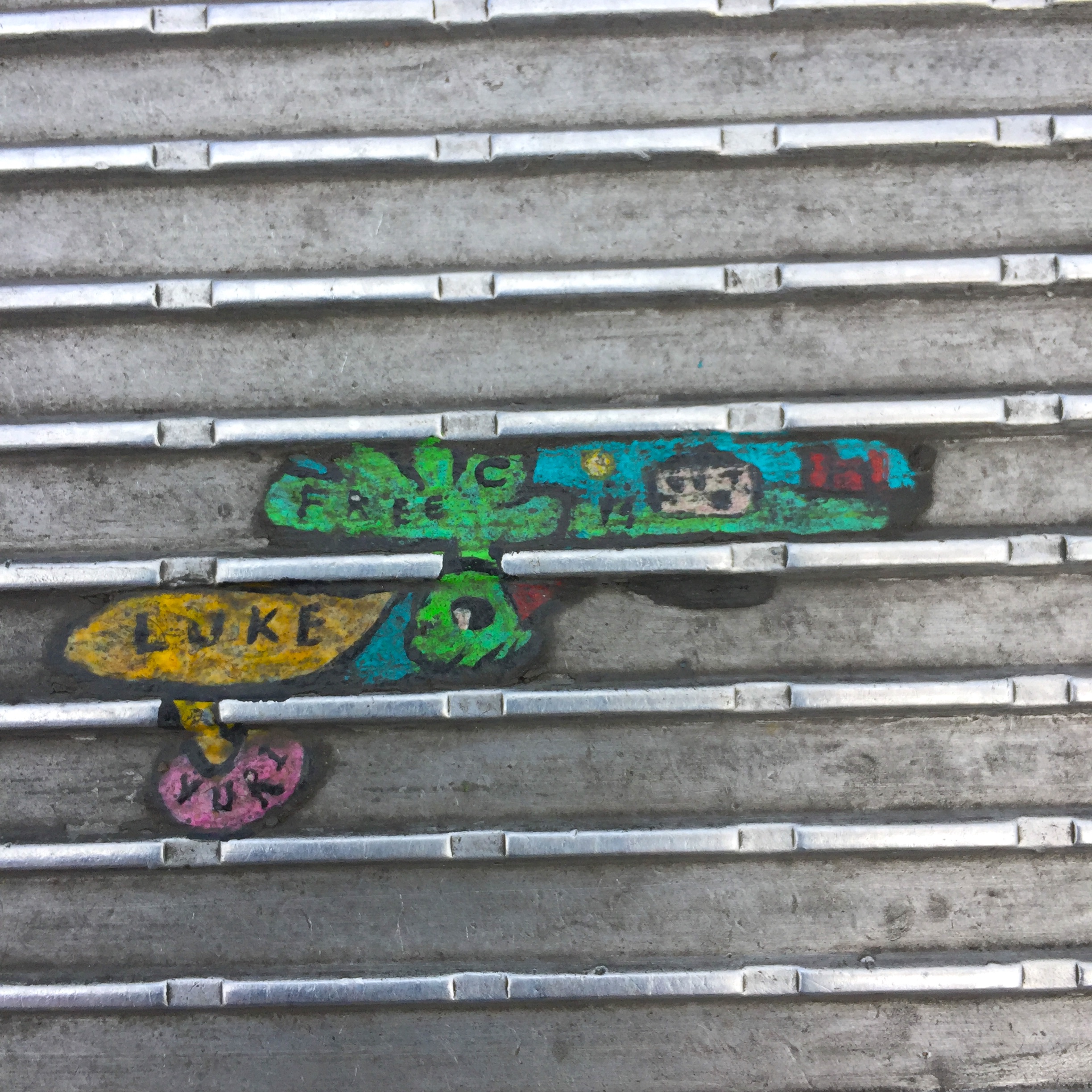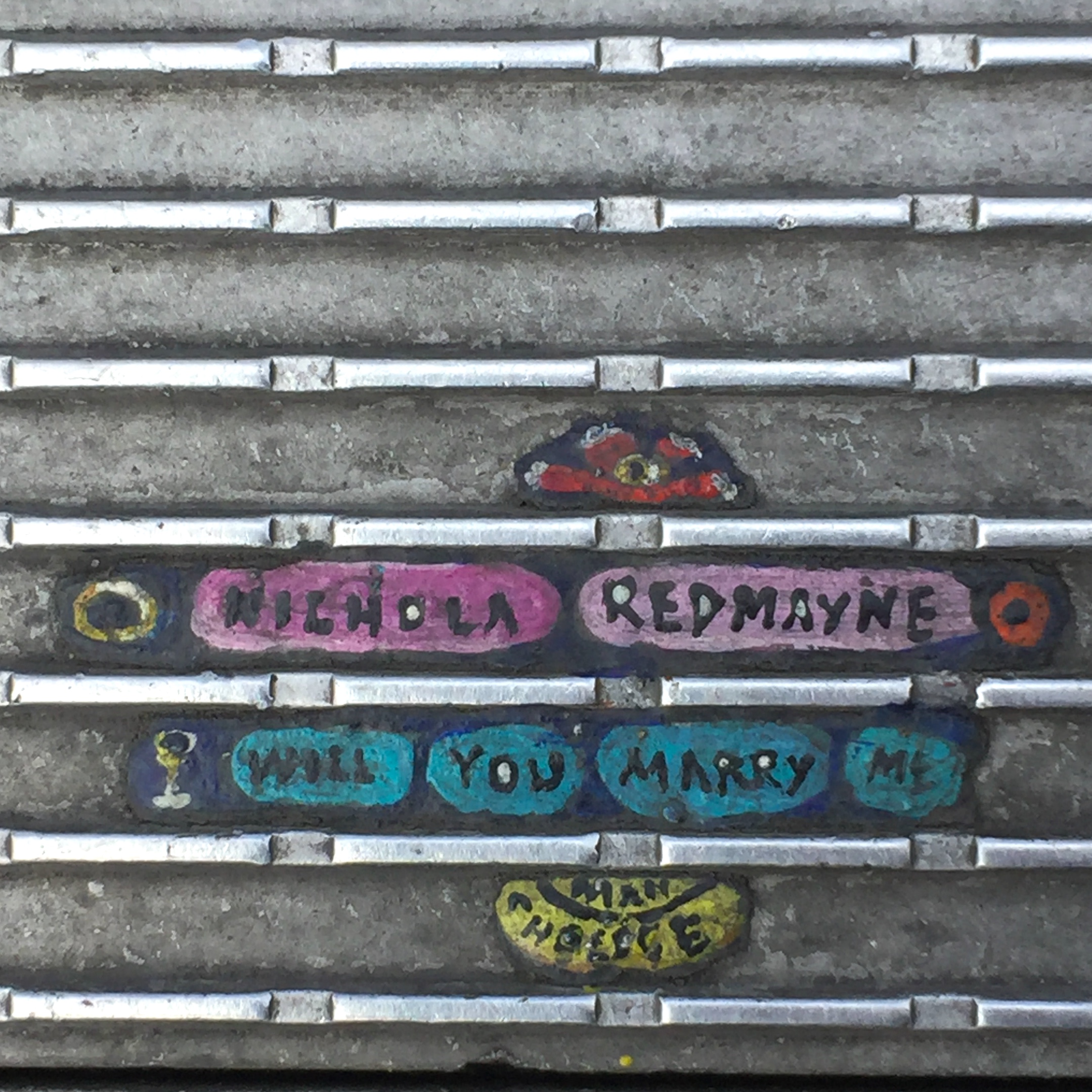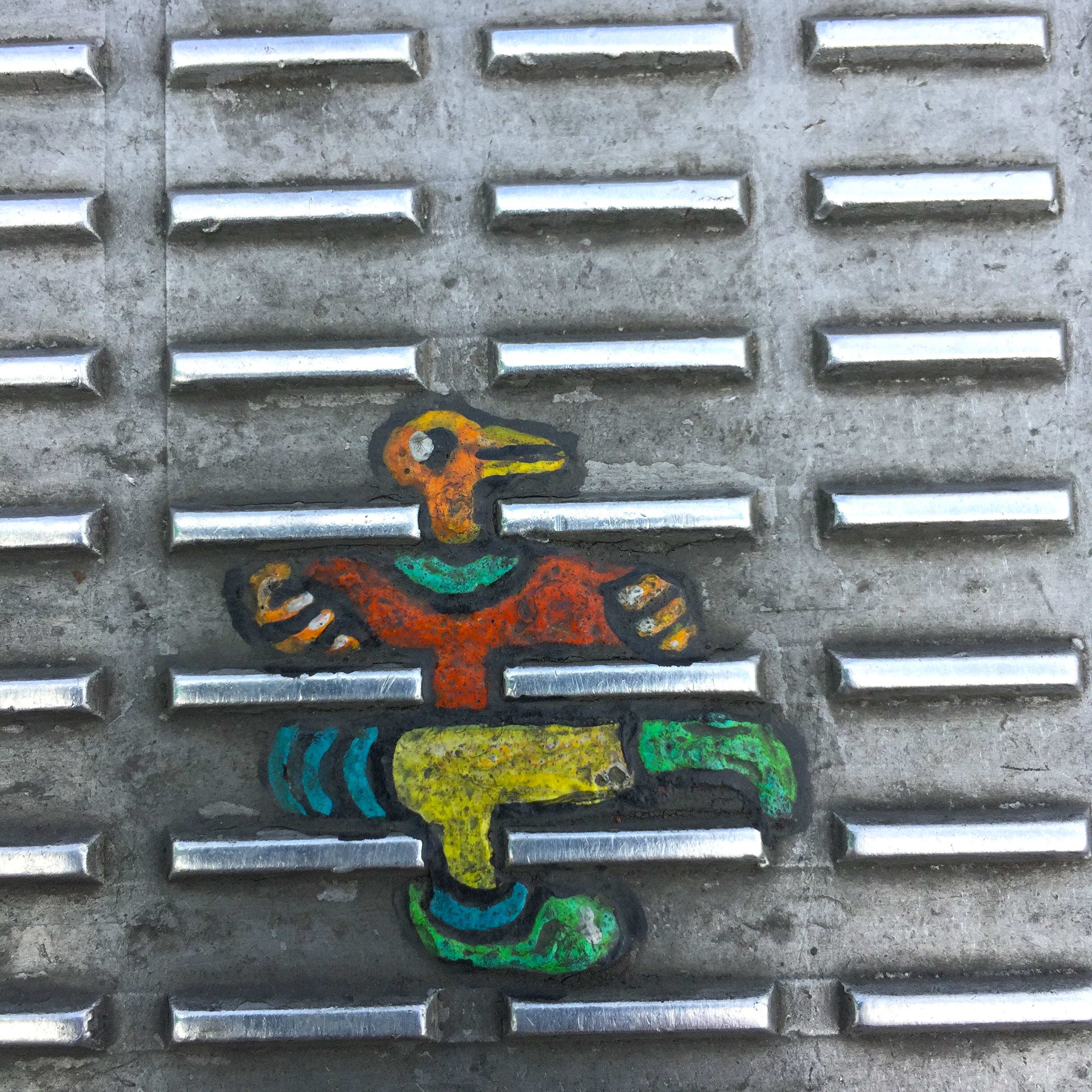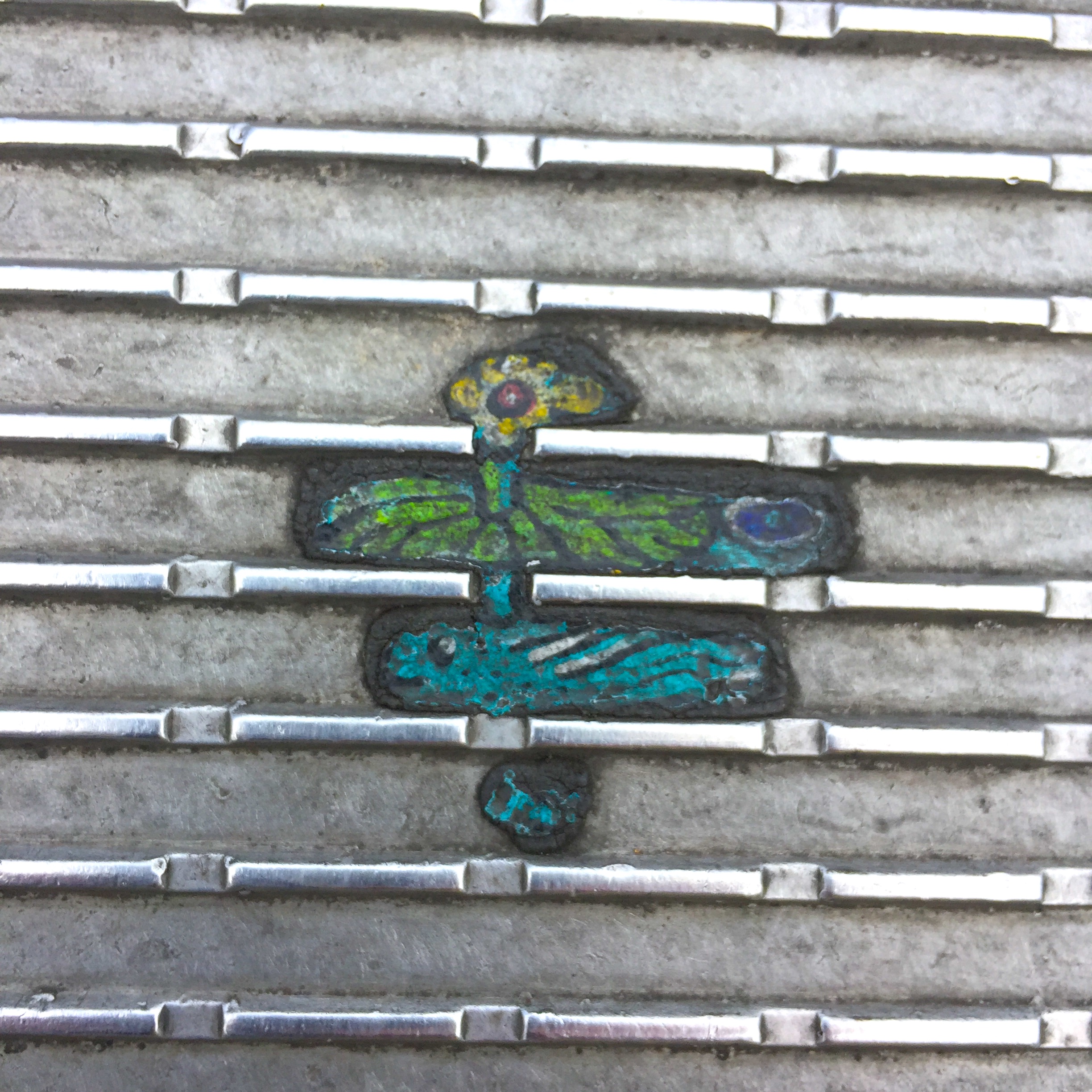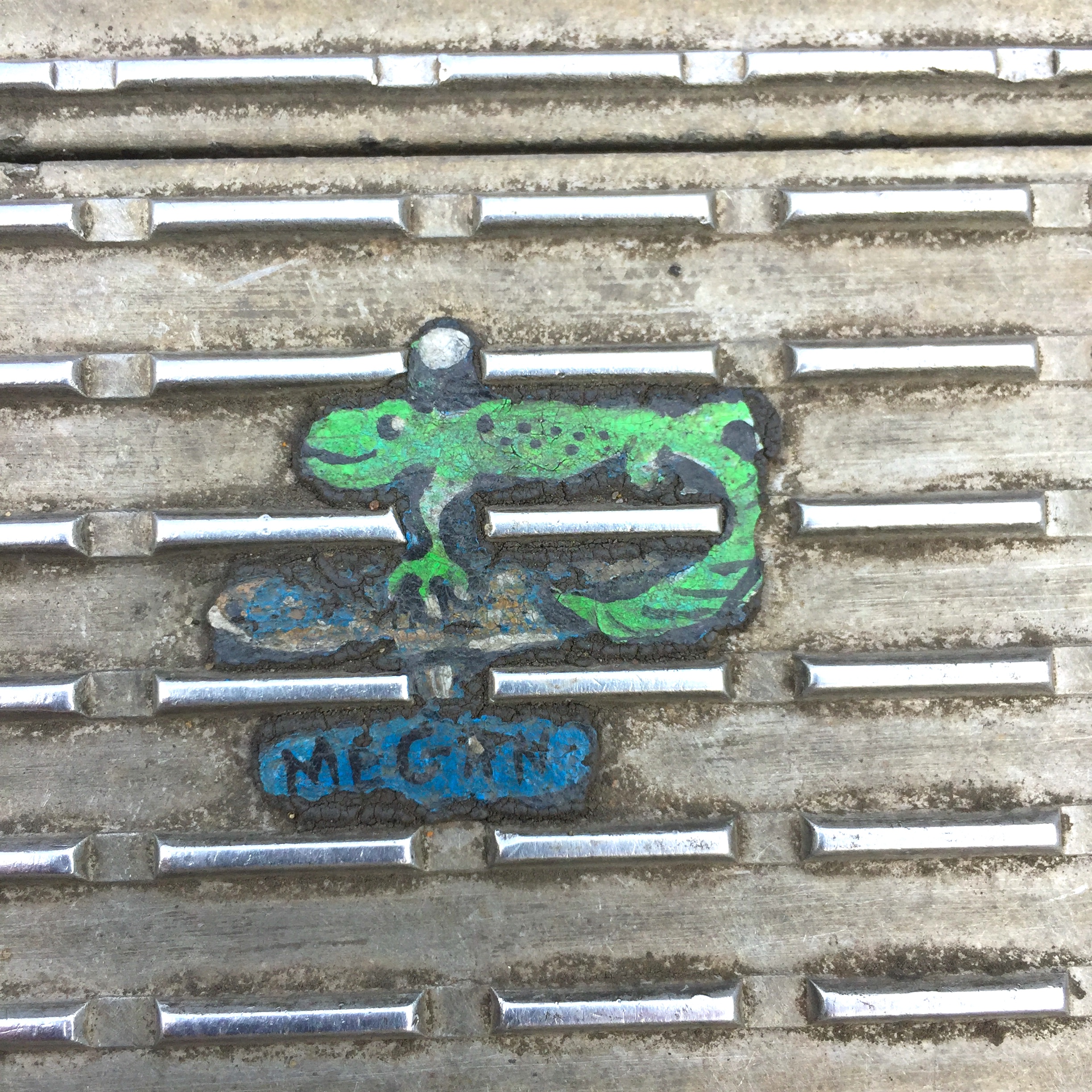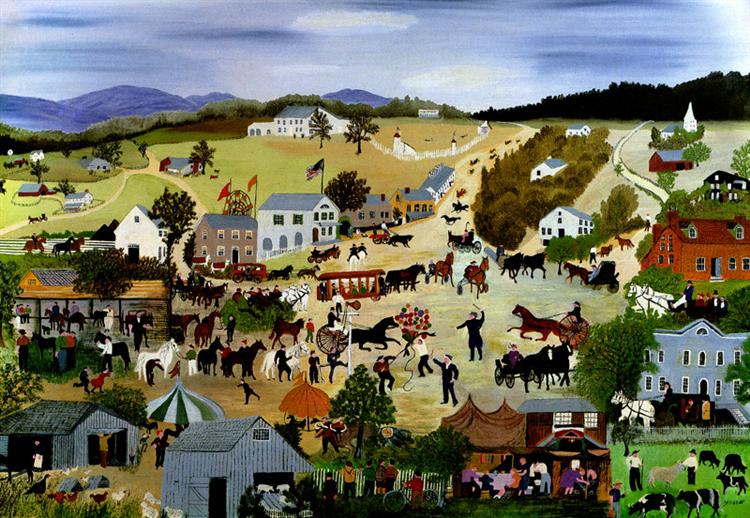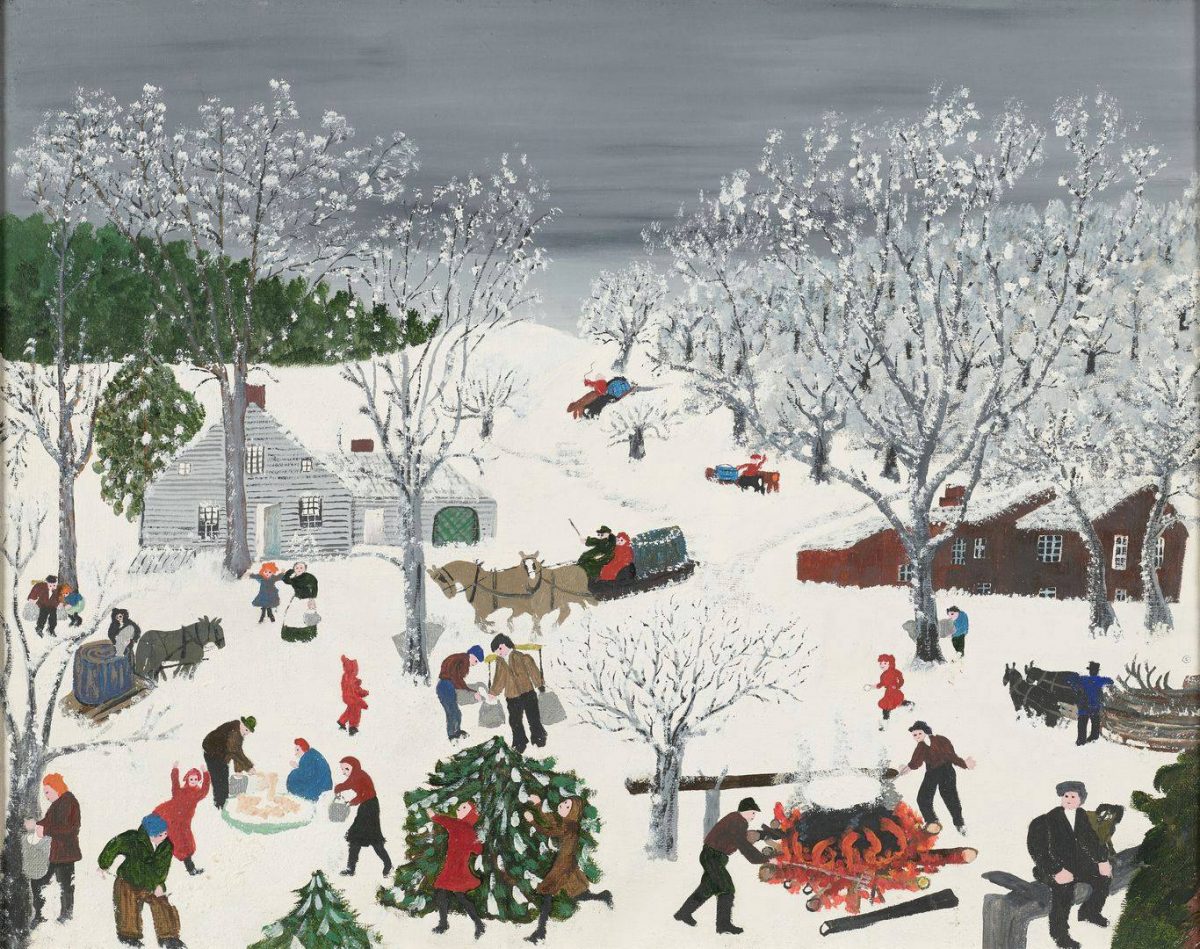However old you may be, you’re never too old to have a children’s book read aloud to you by a pajama clad Dolly Parton.
So snuggle up!
Every episode of Goodnight with Dolly finds the country music icon in bed, glamorously made up as ever, reading glasses perched on her nose.
She introduces herself not as Dolly Parton, but the Book Lady, an honorific bestowed by the child beneficiaries of the Imagination Library, the non-profit she founded in 1995 to foster children’s love of books and reading.
The selections are all titles that Imagination Library participants have received free in the mail, with the Book Lady’s compliments.
Once things get rolling, the camera shifts to the illustrations, with Dolly’s zesty narration as voice over.
She lowers her voice to play Grandpa in the late Floyd Cooper’s Max and the Tag-Along Moon and the freight train in the 90th anniversary edition of Watty Piper’s The Little Engine That Could.
If her dramatic recitations occasionally include a bungled preposition, we can’t imagine authors taking umbrage.
In addition to the millions of children who benefit from Imagination Library membership, authors and illustrators whose titles selected for inclusion reap incredible rewards in the form of increased visibility, sales, status, and of course, the good feeling that comes from being part of such a worthy project.
And we sincerely hope even the prickliest grammar sticklers won’t blow a gasket over the odd “ain’t” and regionalisms born of Dolly’s East Tennessee mountain roots. In addition to coming from an authentic place, they’re delivered with a lot of heart and zero affect.
Though a word of caution to parents planning to let Dolly take over tonight: the series may be billed as bedtime stories, but Parton’s mischievous sense of humor is liable to have a non-soporific effect.
“Are you still awake?” she crows directly into the camera after There’s a Hole in the Log on the Bottom of the Lake, author-illustrator Loren Long’s crowd pleasing comic spin on the cumulative camp song staple. “I want to throw you in a lake if you don’t get in bed!”
The Book Lady is also fond of sharing a high energy snippet of whatever song the evening’s tale has put her in mind of.
Matt de la Peña’s Last Stop on Market Street, with award winning illustrations by Christian Robinson, inspires a few lines from Poor Folks Town, from 1972.
Come on down
Have a look around
Rich folks livin’ in a poor folks town
We got no money but we’re rich in love
That’s one thing that we’ve got a‑plenty of
So come on down have a look around
At rich folks livin’ in a poor folks town
(“If that won’t put you to sleep, I don’t know what will,” she teases, after.)
After Dolly bids her listeners goodnight, the book’s author or illustrator is usually given a chance to have a word with the parents or caregivers, to stress how reading aloud deepens familial bonds and share childhood memories of being read to.
De la Peña, whose book features a grandmother pointing out the sort of non-monetary riches Dolly’s mother also valued, takes the opportunity to thank the self-effacing star’s efforts to “reach working class communities” — presumably through representation, as well as books intended to cultivate a lifelong love of reading.
Enjoy a playlist of Goodnight with Dolly episodes here.
Learn more about the Imagination Library here.
Related Content
Dolly Parton’s “Jolene” Slowed Down to 33RPM Sounds Great and Takes on New, Unexpected Meanings
- Ayun Halliday is the Chief Primatologist of the East Village Inky zine and author, most recently, of Creative, Not Famous: The Small Potato Manifesto. Follow her @AyunHalliday.
